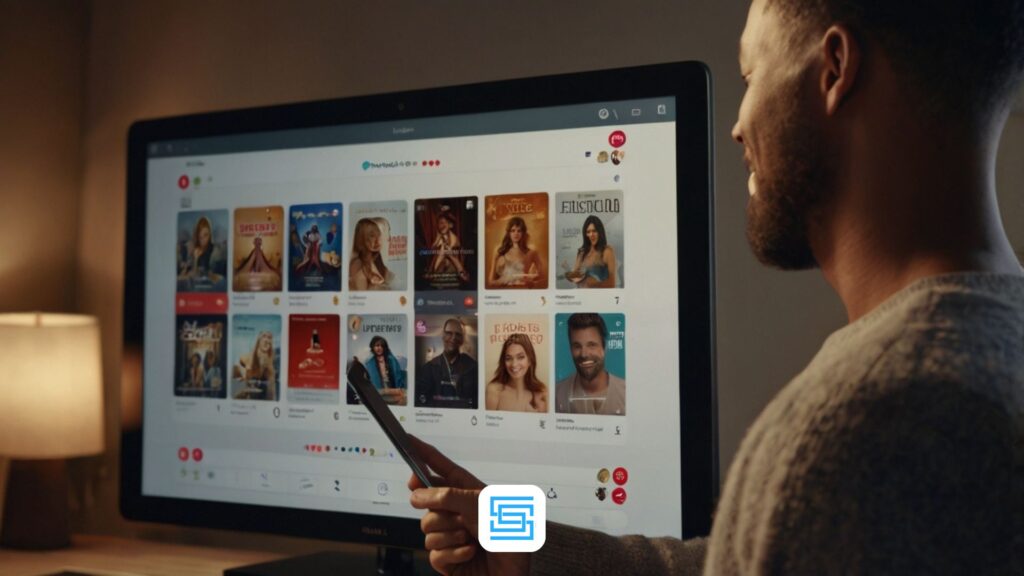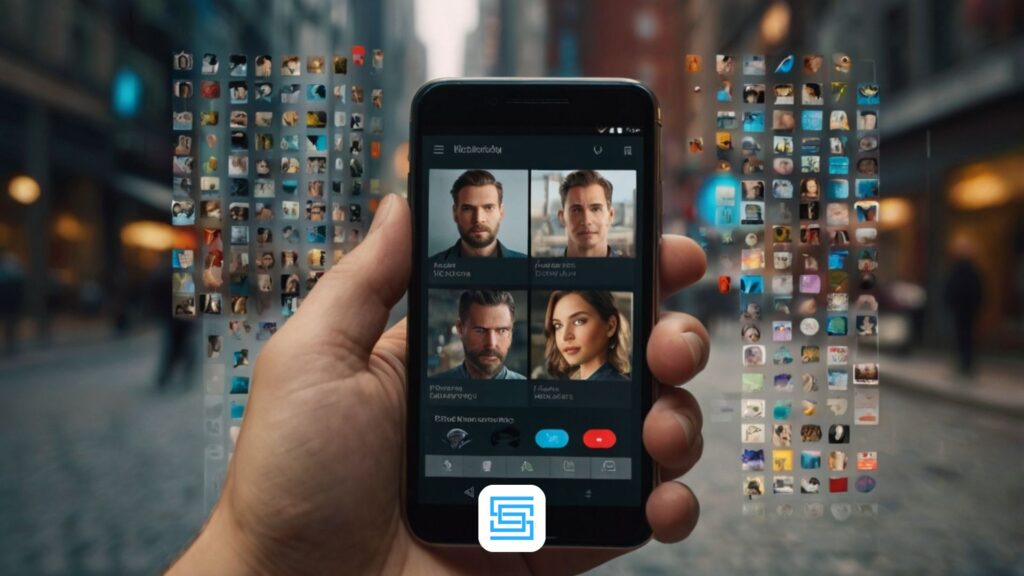In today’s digital age, businesses face immense pressure to stand out by delivering targeted content that resonates with their users. Personalization is no longer just a trend; it has become essential for companies aiming to rank higher and be better understood. It’s about arranging website architecture and content to create seamless interaction while meeting the expectations of both search engines and users. Successful personalization starts with examining factors like user behavior and preferences and using those insights to craft efficient strategies that lead to improved visibility, better performance, and increased conversion.
By focusing on content-creating methods, businesses can optimize their website to enhance the overall user experience. From aligning with search engine requirements to implementing practical strategies, personalization offers a pathway for organizations to stay competitive. Through careful addressing of user needs and a deeper understanding of the relationship between personalization and SEO, companies can leverage these practices to not only improve their ranking but also achieve meaningful results across the board.
How does personalization affect SEO?
Personalization enhances SEO by customizing content, site architecture, and user interaction to meet individual needs. It improves engagement, boosts rankings, and drives higher conversion rates while aligning with search engine preferences.
What Is Personalisation in SEO?
Personalization in SEO can be defined as the modification of content and experience of the website in accordance with the users’ needs, habits, and interactions with the website. This involves modifying the content presented on the site, providing recommendations, and showing search results in a way that addresses the content more effectively to the user’s needs.
Also Read: Top 23 Examples of Web Browser You Must Know
The Importance of Search Engines in the Case of Personalisation
Search engines like Google have adopted personalization features to improve the accuracy of their search results. Various algorithms consider how the user behaves, their search history, their geo-location, or which device they have to tailor search engine results.
Importance of Personalisation in Search Engine Optimisation
Personalization can have a direct impact on the SEO rankings as it increases engagement and the overall user experience. Hence creating personalized content is easier, and will most likely fulfill user intent, which typically results in more time on site, lower bounce rates, and increased conversions — all essential ranking elements.
Can Personalised Content Form an Emotional Bond with Users?
Personalized content enjoys greater engagement due to the fact that users are offered experiences that they prefer to have. Learn how personalized content engages users to interact more, to spend more time during sessions, and to come back more often, thus improving your SEO results.

Influence of Personalisation on Click-Through Rates
According to one study, personalization motivates users to click on search results and ads more often. Investigate how effective personalization can drive engagement and CTR, resulting in enhanced SERP presence for your content.
Methods for Achieving Personalisation of the User Experience on Your Website
First of all, personalization is not limited to search queries but also enhances user experience on the website. Understand how to use dynamic content, product suggestions, and customized landing pages to capture visitors’ attention and do SEO better.
The Interdependence of Personalisation and Organic Traffic Augmentation
Personalization can come in handy when looking to increase organic traffic. More appropriate content means better user intent match by businesses which translates to increased organic ranking and more such traffic to their sites.
Personalization of SEO through Behavioural Information
Search history clicks, and preferences are some behavioral info that seeks to optimize and personalise SEO. Learn where to start and how to profile user behavior in order to adjust SEO techniques and use personalized content that resonates with the users.
Relationship between Personalisation and Conversion Rates
Personalization is important in improving conversion rates by presenting appropriate content and offers. Find out how personalized landing pages, offers, and recommendations affect users’ behavior in taking the desirable action.
Personalization and Mobile Optimisation for SEO
As mobile usage continues to grow, personalizing the mobile experience has become an inevitable part of any effective SEO strategy. Modifying mobile device features and focusing on mobile optimization can significantly improve business rank on mobile engines. Businesses must pay attention to user behavior on mobile devices and adjust their SEO strategies to meet these needs, ensuring a smoother user experience and better user focus.
By enhancing features such as page load speed, content layout, and modifying mobile features for better accessibility, businesses can ensure their sites are optimized for mobile users. Personalizing efforts help in boosting business rank and ensuring that the site appears higher on search engine results when accessed via mobile devices. This focus on mobile optimization not only improves engagement but also increases the likelihood of converting visitors, making it an essential part of modern SEO practices.

Local SEO and Personalisation: Getting the Best from Each Other
Personalization can take local SEO to another level or provide maximum benefit for businesses that focus on specific regions. Know how adaptability in local search results can improve visibility in local searches and target potential customers to the business.
Personalization in Relation to Backlink Optimisation Strategies
Personalization strategies can assist in the optimization of backlinks as it guarantee relevancy to the users and search engines. Learn how personalized content plays a critical role in the achievement of authoritative backlinks and enhancing the overall authority of the site.
Improving the Effectiveness of SEO by Incorporating Personalisation
Monitoring and implementing personalization strategies using SEO tools can lead to better optimization outcomes. Learn ways in which it is possible to monitor personalized experiences such as using Google Analytics and SEMrush and improve the practice of SEO.
Personalization in Relation to Google’s Algorithm for SEO Ranking
There has been an absolute shift to personalization features where Google’s algorithms have become more user-focused (data-driven). Learn how this personalization aspect on Google works and how businesses can optimize their content to better fit this new focus and thus rank higher.
Strategic Approaches to Personalising Your SEO Practices and Techniques
Effective personalization of your SEO practices should adhere to a few defining principles.
- Data Analysis: Use analytics to analyze what users do on your website. Examine what content acts as a hook for users as well as turns them into customers, and apply this information to create individualized interactions.
- Tailored Content: Change your content to appeal to the various audience segments. Based on their previous experiences, they use dynamic content to display appropriate offers or articles.
- Mobile Optimisation: Make sure that the personalized offers are scalable on mobile devices as this constitutes a significant share of the web traffic.
- Behavioral Triggers: Program a behavioral trigger to offer specific deals for customers who frequently visit your website or offer recommendations based on what readers have purchased before.
The Desired Outcome of Personalised SEO Strategies
It is necessary that the results of personalised SEO campaigns are monitored. Such metrics include the following:
- Engagement Metrics: Assess time on page averaged by a certain number of pages viewed, pages with no interaction bounce rate, and the overall duration of the session with respect to how effective connecting content is for the audience.
- Click Through Rates (CTR): Analyse the effectiveness of the customized ad returned on search by monitoring these factors CTR before and after the turnover to determine the change.
- Conversion Rates: Evaluate the likelihood of users performing actions such as making purchases or inquiries after experiencing personalized emotions.
- Organic Traffic: Pay particular attention to the growth of organic traffic over a certain period of time with regard to the encouraged pages or content developed with the user’s purpose in mind.
Personalization in SEO
Case Studies and Examples Increasing user engagement and SEO ranking has been no problem for companies that have adopted personalized SEO strategies. Such examples include the following:
- Amazon: The ability to make product recommendations to customers based on what they have browsed offers better conversion rates.
- Netflix: Only by recommending movies that a member is likely to watch does the firm hope to keep the member watching their network, thereby increasing the amount of traffic on the platform.
- Spotify: User-driven marketing strategies in the form of behavioral targeting such as personalized playlists like Discover Weekly are great user engagement strategies.
Common Challenges in Personalising SEO
Despite personalization being a valuable resource, businesses face several difficulties during its deployment. Some of the barriers include:
- Data Privacy Concerns: Businesses have to offer tailored content while protecting the user’s right to privacy due to some laws such as GDPR.
- Resource Limitations: For tailored experiences to be carried out, certain time and technical as well as human knowledge are necessary.
- Technical Issues: Delivering custom content on multiple platforms as well as adhering to SEO standards can be an uphill task.
How to Avoid Over-Personalising Your SEO Strategy
Nonetheless, it is known that over-personalization also has its dangers. The key here is to learn how to strike the optimum proportion. Several pieces of advice are recommended:
- Don’t Alienate Users: Targeting the end user with relevance and their needs at the heart of the decision is crucial so that users are not pushed away.
- Widen The Net: Make every piece of content as accessible as possible to ALL without exclusions.
- Experiment and Refine: The concern of testing and improving personalized approaches will never cease.

The Evolution of Personalisation and Search Engine Optimisation
The influence of personalization in SEO is also moving to another level. AI and machine learning will be used to further boost content personalization, making it more relevant to end users. Companies have to be on top of trends such as the delivery of messages to the right individual.
Conclusion
With current best practices in SEO, an understanding of how personalization works is crucial. Armed with this knowledge, businesses can create targeted content aimed at boosting their visibility, enhancing interaction with users, and increasing conversion rates. Personalization of your website and content is no longer a nice-to-have, it is a vital element for competitive advantage in the current digital environment.
FAQ Section:
What are the effects of personalization on SEO performance?
Personalization helps to boost SEO performance by increasing user engagement, minimizing the bounce rate, and maximizing CTR which are considered by search engines when ranking websites.
Can personalized content bring organic traffic?
Yes. Organic traffic can be improved substantially by relevant personalized content which meets the user intent and makes content useful to the intended audience.
How is behavioral data useful for personalized SEO?
Behavioural data serves to better focus SEO strategies, so businesses can shape content and improve search for their audience.
How do you personalize your SEO in the right way?
Begin with studying user behavior and figures, modifying content to suit users, engaging in mobile optimizations, and employing SEO tracking tools for the targeted personalization of approaches.
Does personalization impact conversion rates?
Yes, personal data usage when developing content and personalization of experiences when making purchases can positively impact the conversion rate because users receive offers and recommendations that matter to them the most.
What are the difficulties of personalizing SEO optimization?
It includes but is not limited to data privacy concerns, lack of necessary resources, and inability to implement personal experiences across multiple channels.
Is it possible that in coming times personalization will become an important factor for SEO?
Yes, as more search engines grow and evolve, they will depend on personalization more and more in the future as AI and machine learning will drive these things.





